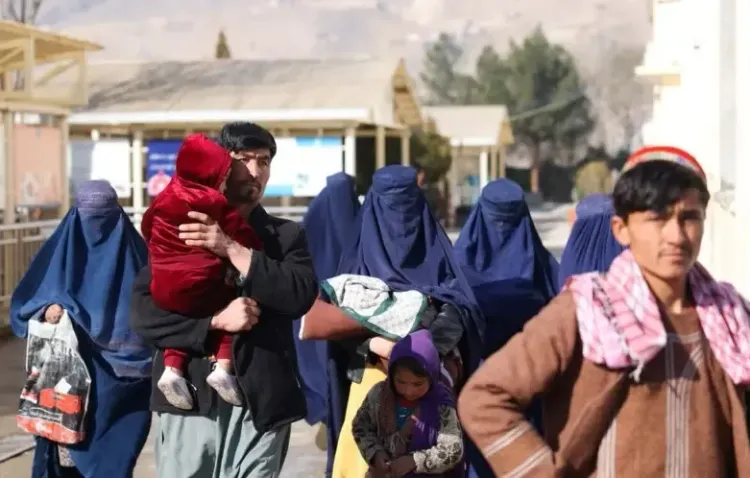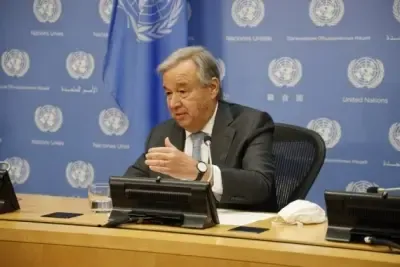WHO Warns of Funding Cuts Leading to Closure of 220 Healthcare Facilities in Afghanistan

Synopsis
Key Takeaways
- The WHO warns that funding shortages may close 80% of healthcare services in Afghanistan.
- 167 healthcare facilities have already shut down, impacting 1.6 million people.
- Urgent action is needed to prevent the closure of an additional 220 facilities.
- Severe health emergencies, including measles outbreaks, are exacerbated by the funding crisis.
- Current support is inadequate to meet the healthcare needs of Afghans.
Kabul, March 18 (NationPress) The World Health Organization (WHO) has issued a critical warning regarding funding shortages in Afghanistan, indicating that these financial shortfalls may result in the closure of 80 percent of the essential healthcare services that the agency supports.
As of March 4, 167 healthcare facilities in Afghanistan have already halted operations due to insufficient funding, denying life-saving medical care to 1.6 million individuals across 25 of the nation’s 34 provinces, according to a statement from WHO.
"Without immediate intervention, an additional 220 facilities could shut down by June 2025, leaving 1.8 million more Afghans without access to primary healthcare," the statement further elaborated.
The statement highlighted that the northern, western, and northeastern areas of the country are facing the most severe impacts, with over a third of healthcare centers having closed, as reported by the Xinhua news agency.
In February, local officials disclosed that 41 healthcare centers were forced to close in eastern Ghazni and central Bamiyan due to cuts in US aid.
Reports from the Ministry of Economy indicate that following the halt of US humanitarian assistance, 50 aid organizations in Afghanistan have terminated their operations.
Afghanistan is currently facing numerous health crises, including outbreaks of measles, malaria, dengue, polio, and Crimean-Congo hemorrhagic fever. The lack of operational health facilities severely obstructs efforts to manage these diseases.
In the first two months of 2025, over 16,000 suspected measles cases were reported, leading to 111 deaths. With vaccination rates alarmingly low (only 51 percent for the first dose of the measles vaccine and 37 percent for the second), children are increasingly vulnerable to preventable diseases and mortality.
Disruptions in WHO-led coordination mechanisms hinder health partners from monitoring disease outbreaks, distributing resources, and providing essential services, which threatens to plunge the country’s already fragile healthcare system into a deeper crisis.
Although some donors continue to support Afghanistan’s health sector, funding has seen a significant reduction as development aid priorities have shifted. The needs, however, remain critical, and the current support is insufficient to sustain vital healthcare services for millions of Afghans.








